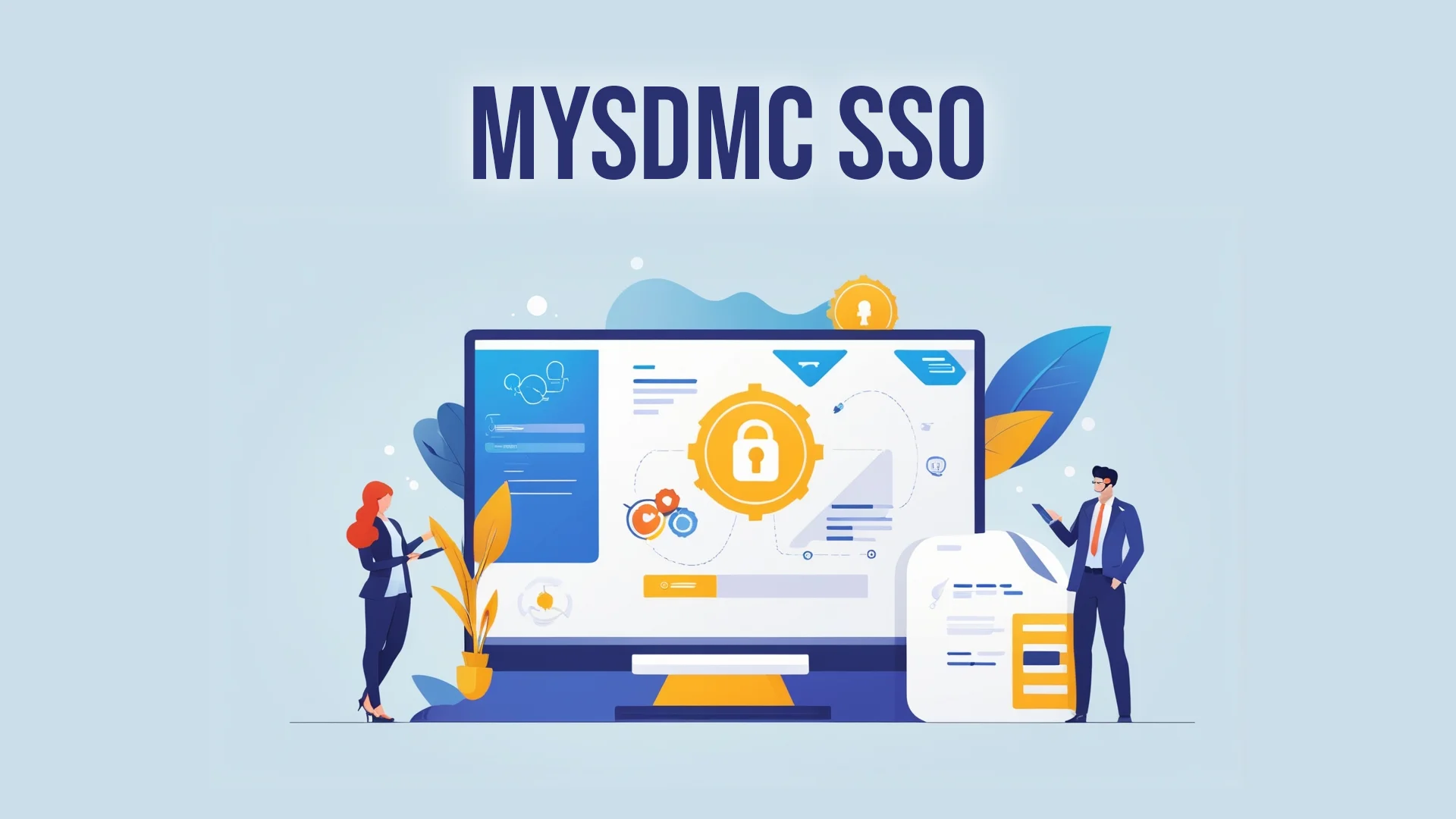In our increasingly digital world, the need for Single Sign-On (SSO) solutions has become paramount. Among the myriad of SSO services available, mysdmc SSO stands out for its potential to streamline authentication processes for users across various platforms. This post aims to explore the intricacies of mysdmc SSO, how it functions, its benefits, and how organizations can effectively implement it.
What is mysdmc SSO?
Mysdmc SSO, closely associated with many enterprise applications and cloud services, is an authentication process that allows users to log in once and gain access to multiple applications without having to sign in again for each one. This not only improves the user experience by simplifying access but also enhances security by reducing the number of passwords that users need to remember.
SSO solutions like mysdmc are gaining traction among businesses of all sizes, as they offer a more convenient way to manage user access while ensuring that sensitive information is well protected.
How mysdmc SSO Works
The mysdmc SSO implementation typically involves several key components: the user, the service provider, and the identity provider. Understanding how these components interact can clarify the operational mechanics of mysdmc SSO.
1. User Authentication
When a user attempts to access an application that uses mysdmc SSO, they are redirected to the identity provider’s login page. Here, the user enters their credentials — usually a username and password. Once the credentials are verified, the identity provider issues an authentication token to the user.
2. Token Exchange
After the user receives the authentication token, it can be used to access different applications or services that are connected to the mysdmc SSO platform. Instead of re-entering their credentials for each service, the user submits the token to the application they wish to access.
3. Access Granted
The application checks the authenticity of the token with the identity provider. Upon successful validation, the user gains access to the application without needing to log in again.
4. Session Management
Mysdmc SSO also manages user sessions. The system can remember the user’s login status across multiple sessions, providing the ability to streamline log-ins even further if the user is still active within their authenticated session timeframe.
Advantages of Using mysdmc SSO
Implementing mysdmc SSO can yield numerous benefits for organizations, such as:
1. Improved User Experience
The primary advantage of SSO is the enhanced user experience it offers. Users can access multiple applications with just one login, significantly decreasing the time and frustration often associated with remembering and entering multiple passwords.
2. Increased Security
By minimizing the number of passwords users must keep track of, mysdmc SSO helps to improve security. Fewer passwords mean fewer opportunities for those passwords to be stolen or compromised. Additionally, many SSO providers implement robust encryption and multi-factor authentication (MFA), further safeguarding user accounts.
3. Simplified IT Management
For IT administrators, mysdmc SSO simplifies the management of user accounts. With a unified authentication system, it becomes easier to monitor and revoke access to applications. This can be particularly beneficial during onboarding and offboarding processes.
4. Cost-Effective
Implementing an SSO solution can be a cost-effective measure for organizations, reducing help desk calls related to password resets and account lockouts. Studies indicate that a significant portion of IT support requests is password-related, and reducing this through SSO can lead to considerable cost savings.
5. Enhanced Compliance
For industries governed by regulatory compliance requirements, such as finance and healthcare, integrating mysdmc SSO can help organizations maintain compliance. It provides centralized access control, tracking, and reporting features that can ensure user activities are logged and monitored.
Implementing mysdmc SSO in Your Organization
The process of integrating mysdmc SSO into your organization should be methodical and involve several key steps:
1. Identify Your Requirements
Assess your organization’s specific needs for SSO. Consider the types of applications that require integration, the number of users needing access, and the level of security needed.
2. Choose the Right SSO Solution
Evaluate different SSO solutions, including mysdmc, based on your requirements. Take into consideration factors such as scalability, compatibility with existing systems, user experience, security features, and cost.
3. System Integration
Once you have selected the mysdmc SSO solution, the next step is integration. This typically involves establishing connections between your existing applications, the identity provider, and the mysdmc SSO platform.
4. User Training
Conduct training sessions for your users to ensure they understand how to use the new SSO system. Providing clear instructions on accessing applications through mysdmc SSO can help ease the transition.
5. Continuous Monitoring and Maintenance
After implementation, it’s crucial to continuously monitor the performance and security of your SSO system. Regular updates and audits can help ensure that the mysdmc SSO remains effective and safe from potential threats.
Conclusion
In summary, mysdmc SSO presents a powerful solution for managing user authentication across multiple applications. With its myriad of benefits, including improved user experience, heightened security, and simplified IT management, organizations that effectively integrate SSO solutions stand to gain a significant competitive advantage.
As technology continues to evolve, adopting streamlined authentication processes like mysdmc SSO will not only enhance operational efficiency but also foster a more secure digital environment for users and organizations alike. Considering the increasing threats to online security and the complexities of managing numerous passwords, investing in an SSO solution is quickly becoming a necessity rather than just an option.
